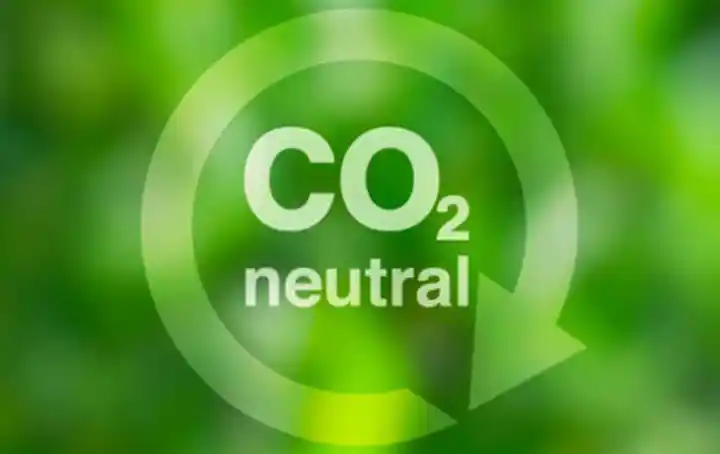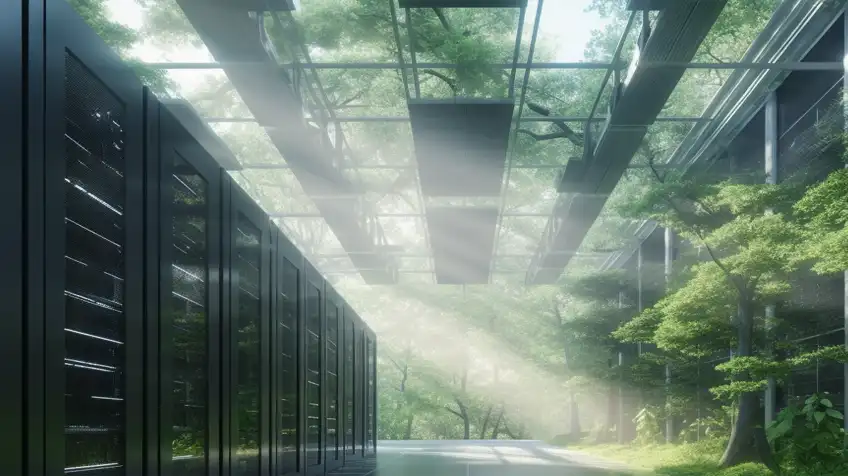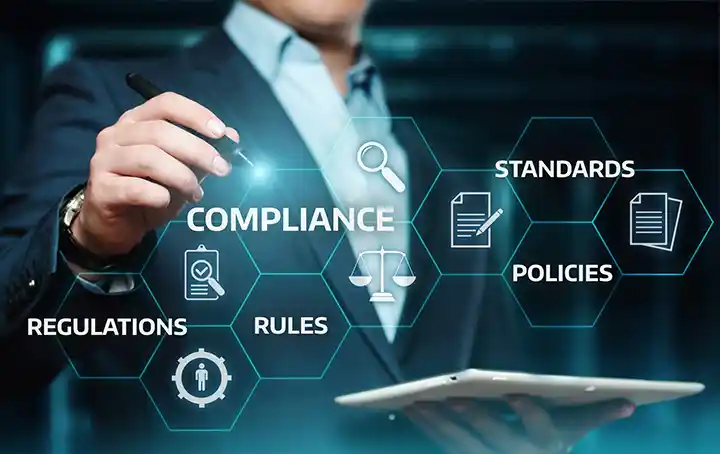High-efficiency cooling technologies like Green Loop Cooling can help improve the sustainability of data centers in several key ways:
-
Reduce energy use – More efficient cooling systems such as rear-door heat exchangers, immersion cooling, etc. allow data centers to operate at higher temperatures while using less energy. This results in lower carbon emissions.
-
Reuse waste heat – Innovative cooling methods make it easier to capture and reuse waste heat from servers for heating buildings or driving absorption chillers. This reduces wasted energy.
-
Lower water usage – Technologies like air cooling and liquid cooling optimize water utilization compared to traditional computer room air conditioning. This conserves water.
-
Enable free cooling – High-efficiency cooling extends the number of hours per year that free cooling methods like evaporative cooling or outside air cooling can be used. Relying more on free cooling reduces electricity usage.
-
Higher server densities – Efficient cooling facilitates higher rack densities and more servers per square foot. This means smaller overall data center footprints reducing construction materials and land usage.
-
Modular scalability – Innovative cooling architectures allow capacity to be added modularly as needed. This prevents over-building and stranded capacity which wastes energy.
-
Improved PUE – The combination of energy savings, heat recovery and free cooling opportunities lowers the Power Usage Effectiveness (PUE) by optimizing cooling and infrastructure overheads.
-
Operational savings – High-efficiency cooling reduces maintenance needs and extends equipment lifetimes compared to traditional cooling. This saves resources over the operating life.
Overall, purpose-built cooling solutions enable data centers to minimize resource consumption, reduce negative environmental impact, and improve the total cost of ownership. Sustainable cooling is key for green data centers.




